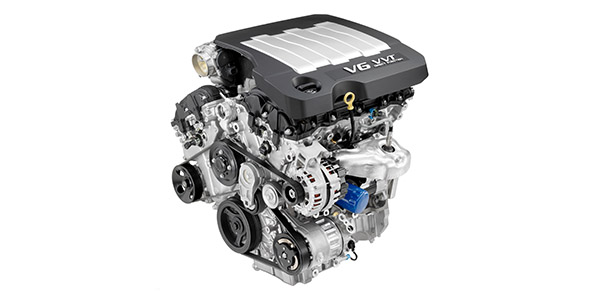Models:
- 2009-2014 Buick Enclave and Lacrosse
- 2013-2014 Cadillac ATS, XTS
- 2008-2014 Cadillac CTS, SRX
- 2008-2011 Cadillac STS
- 2010-2014 Chevrolet Camaro
- 2009-2014 Chevrolet Equinox
- 2012-2014 Chevrolet Impala
- 2009-2014 Chevrolet Traverse
- 2009-2014 GMC Acadia
- 2010-2014 GMC Terrain
- Note: With 3.0L LF1, LFW and 3.6L LLT, LFX, LF3 engines only.
Condition:
The driver will complain that during a cold start black smoke will come from the exhaust and the engine will have a rough idle and minimal misfires.
Cause:
With the introduction of direct fuel injection systems, GM has revised the cold start control system to reduce cold start emissions. Quicker catalytic converter heating helps meet the ever-changing emission requirements and improve fuel economy.
A dual-pulse injection strategy is utilized during engine cold start to reduce the time required to bring the catalytic converter up to operating temperature. This split injection strategy lasts for about 60 seconds on cold start. This process will cause the customer to see increased black smoke, soot, rough idle or minimal misfires during cold start and should be considered normal.
To verify that the dual-pulse injection is causing the roughness or misfires with no codes set, you should watch injector pulse width with the scan tool during the concern. Dual pulse injector pulse width will be nearly double that of normal idle.
If the pulse width on the injectors drops by about 50% and the engine then smooths out, this is considered normal operation and no repairs should be attempted. The use of TOP TIER fuels lessens the rough idle condition effects during dual pulse injection by reducing the amount of carbon on valvetrain components and a more complete combustion leading to cleaner burn.
This cold start strategy is enabled upon startup after the engine has soaked for sufficient time such that the catalytic converter requires rapid reactivation.
Follow this diagnostic or repair process thoroughly and complete each step. If the condition exhibited is resolved without completing every step, the remaining steps do not need to be performed.














